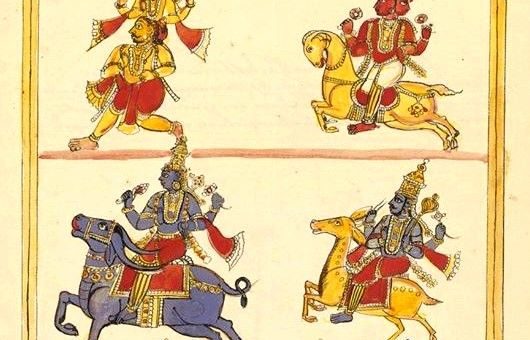

We are continuing the CaturviMshati mUrthi vidhAnams in this issue. Each of the 24 Murti is supposed to be sporting a permutation and combination for the 4 weapons viz padmA (lotus), Shank, Chakra, and Gadha. In this issue, we will cover the mantra japa and AvaraNa pUjA paddhathi of pradyuMna mUrti,
| Lord | Consort | Top Left | Top Right | Bottom Left | Bottom Right |
| pradyuMnA | satyA | Shank | GadA | cakrA | Padma |
From this issue, we will start the mantra and AvaraNa pUjA kramA of the dashadikpAlakAs. In this issue we have covered the several mantra japAs of indrA and His AvaraNa puja kramA (for his secretive triShtup mantra). The mantra japa and AvaraNa pUjA paddhati of his consort indrANi is also included in this issue.
We hope that this issue will be a good addition to your spiritual collection.
Lalithai vEdam sarvam.
Click here to download
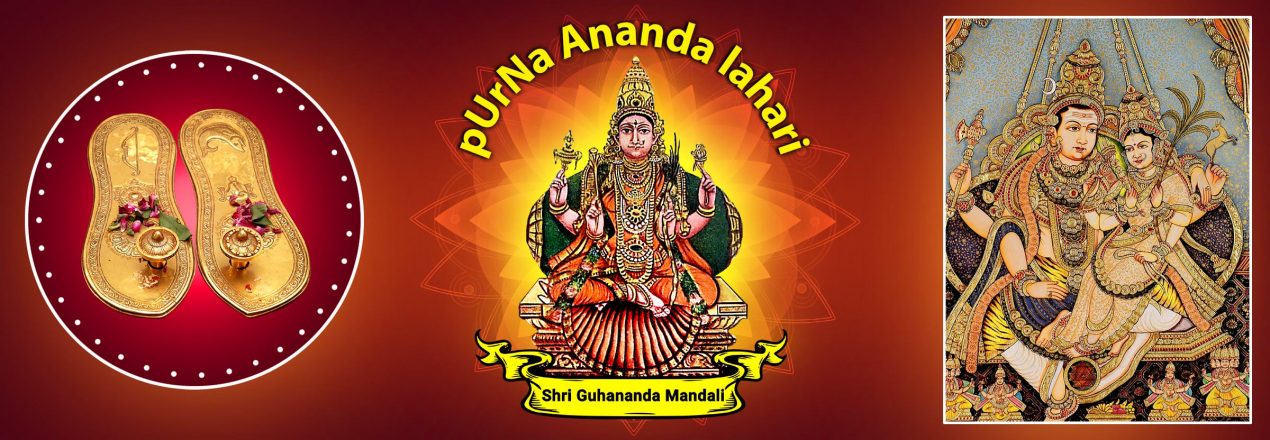
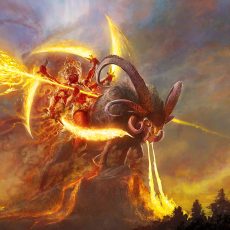
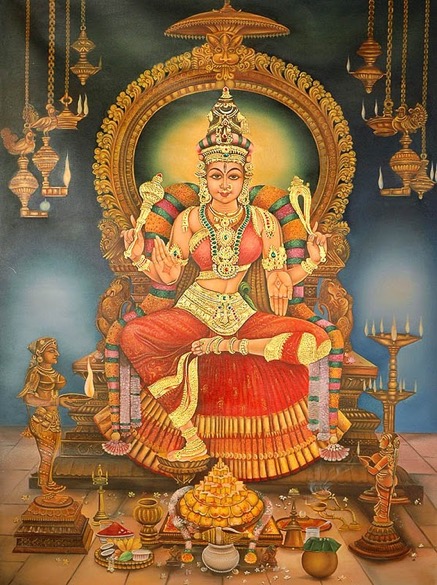
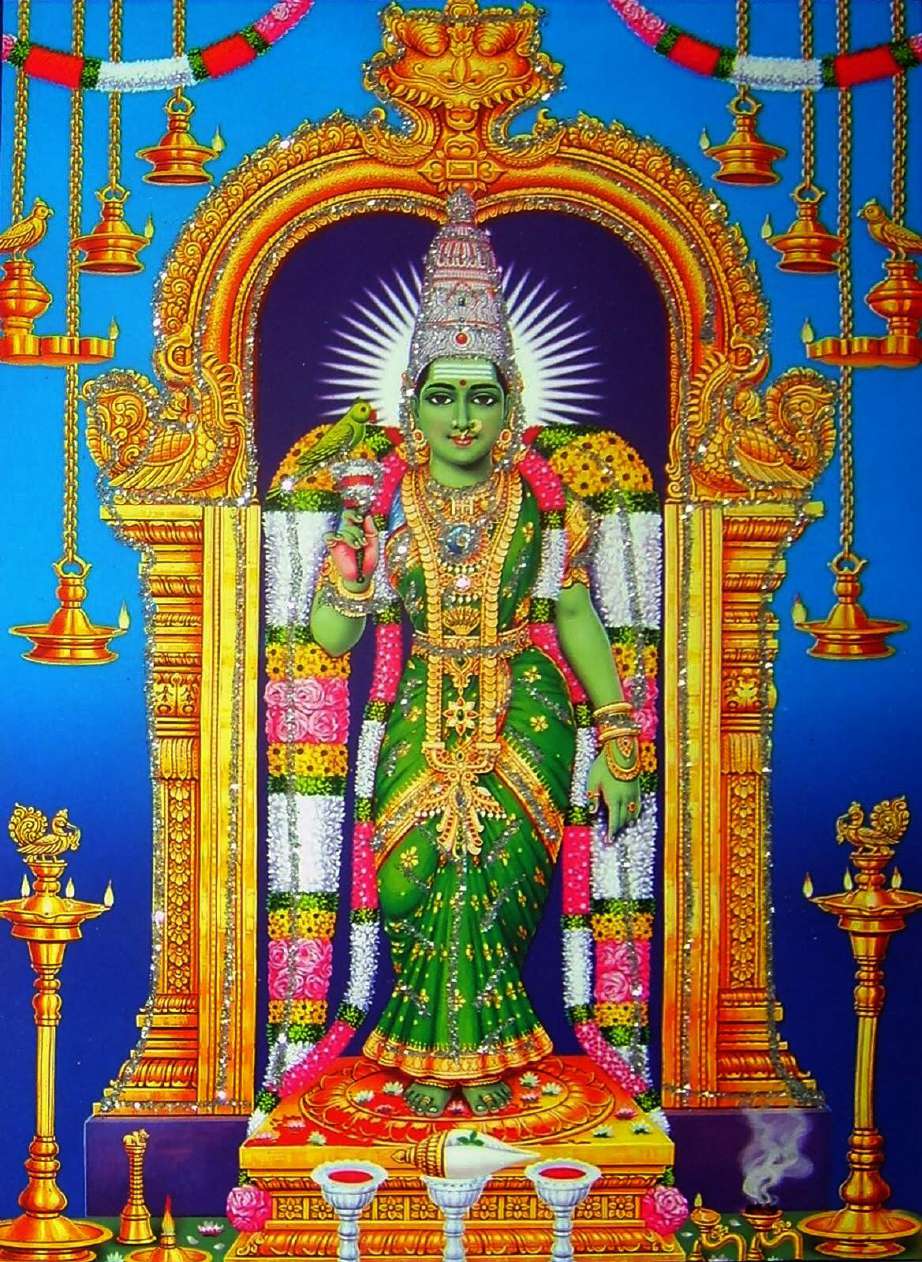
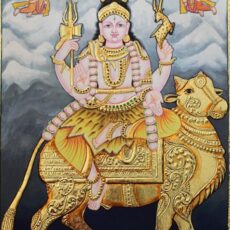
Namaste,
Thank you for this much awaited series of digpalas.
Can you also enlighten us regarding the puja vidhanams and mantra krama of Sri Kshetrapala, as well as explain his role and his glory.
Sri Gurubhyo Namaha.
Yes. We will include the Kshetrapala vidhanam at the end of the digpAlaka series.
Vanakkam to all,
I am so glad that this topic will discussed. One thing I have noticed is that श्रो Kshetrapala mantra keeps cropping up on certain important puja vidhanams as well as sakama and raksha prayogas. But many others and myself don’t know anything about this mighty and indispensable Devata. A few years ago, I attended a kumbhabhishegam for a Munishwaran temple. I wonder if the presiding deity was consecrated with Kshetrapala mula mantra, as there are no mantras for Munishwara from the agamas.
I hope the Purnananda Lahari team will shed much light on this interesting topic.
Thank you team Purnananda Lahari.
Hi again,
I read up more and learnt that there is a balidana procedure offered to 64 Kshetrapalas ( 50 + 14) along with their shakti consorts at the commencement of certain pujas. Can you please explain more on this.
Thaanks again.
In the moola mantra of sampathkari it should br Klim haim hsauh hsauh haim Kleem not hsauh shauh
Both versions are correct. ChidanandanAthA’s nithyAhnikkam has klIM haiM hsauH hsauH haiM klIM where the exact viloma is taken. However, nityOtsava has klIM haiM hsauH shauH haiM klIM where bIja vilOmA is considered. Both are correct and the same meaning can be derived from both version. The nityOtsava version can yield another meaning to the mantra. That all said, please follow whatever is customary within your GurumanDalam.